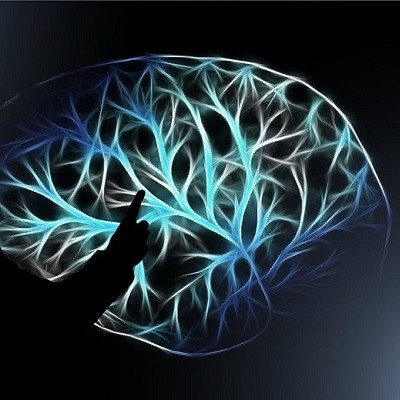Despite remarkable advances in medicine and health technology, the cure for cancer—the second leading cause of death worldwide—remains elusive. This is especially concerning with respect to brain cancer, which has a high risk of recurrence and is often resistant to conventional clinical therapies. It is, therefore, imperative to discover new anti-cancer drugs—synthetic or natural—that can successfully suppress or destroy brain tumors.

The high risk of recurrence of brain cancer along with its resistance to standard clinical therapies makes it imperative to come up with synthetic drugs or natural compounds that can suppress tumor growth.
Traditionally, tissue culture plates (or TCPs) are widely employed for examining the efficacy of chemotherapeutic drugs due to their simplicity, reliability, and ease of operation. However, conventional TCPs allow for cells to only be grown in a flat, 2D manner. This, according to recent reports, does not accurately represent a real tumor environment and is likely the cause for the failure of several drug screening clinical studies. This is the root of the problem that a group of scientists from Korea and China have recently addressed and improved upon in their new study. Read on to know how!
To solve the problem mentioned previously, cell cultivation systems have been developed, which enable growing cells in the shape of three-dimensional (or 3D) “spheroids” to better mimic a solid tumor. While this makes for a more realistic tumor model, the methods for determining drug efficacy have not been advanced accordingly. Assessing the influence of drugs on cancer cell behavior in 3D requires keeping the structure of the spheroids intact during measurement. The conventional detection methods are, however, all destructive in their approach. Therefore, it is not enough to simply grow cells in 3D. A non-invasive and real-time monitoring of cell viability under drug treatment is also necessary.
To meet these requirements, the aforementioned team of scientists, from Chung-Ang University and Sungkyunkwan University in Korea and Hong Kong University of Science and Technology, China, recently developed a multi-functional platform based on gold nanostructures. This new platform allows for the spontaneous formation of 3D cancer spheroids as well as a non-destructive, real-time monitoring of their viability using electro-chemical detection methods. “Gold has excellent conductivity, can make flexible structures, and displays excellent biocompatibility. Interestingly, a nanostructured gold layer with a modified surface decreases cell adhesion and spreading—an advantageous feature that can help cells to generate spheroids. Furthermore, gold nanostructures are highly electrocatalytic, which makes than an ideal electrochemical sensing material,” explains Dr. Tae-Hyung Kim from Chung-Ang University, who led in the study.
Taking advantage of these properties, the team fabricated highly conductive gold nanostructures (HCGN) on an indium tin oxide electrode and then used it to grow spheroid cells corresponding to two types of brain cancer. The scientists then used this brain tumor model to test the effectiveness of curcumin (a chemical found in turmeric) as a potential anti-cancer drug using differential pulse voltammetry (DPV). Their findings are published in the journal Small.
The team found that an HCGN platform with high nanostructure density coupled with a co-culture of neuroblastoma and glioblastoma cells in a 1:1 ratio showed the highest electrochemical signal intensity. Moreover, it displayed better sensitivity than the conventional colorimetric assays when assessed for spheroid viability under curcumin treatment. Specifically, they found that, for low concentrations (70 µM) of curcumin, the spheroid viability decreased by 23% and 67% for colorimetry and DPV, respectively. This indicated a 2.9-times greater sensitivity towards DPV than colorimetric analysis.
In addition, the platform enabled detection of spheroid viability for both short (63 h) and long term (144 h) cultivation periods with high repeatability (>10 times within a week of cultivation).
With such encouraging results, the scientists are thrilled about the promises HCGN holds for the future of cancer therapy. “The HCGN platform, along with the electrochemical detection, can test for cancer cell viability under various drug treatment conditions without requiring any complex treatment steps or costly equipment. It can, therefore, potentially accelerate the discovery of patient-specific drugs and their optimum cocktails. Moreover, it can also be used to develop wearable sensors for early detection of cancer. With so many great possibilities, we’re looking forward to a future with better treatment for cancer,” remarks an excited Dr. Kim.
With our current progress, a future devoid of cancer might not be far away!
Read the original article on Technology Org.
